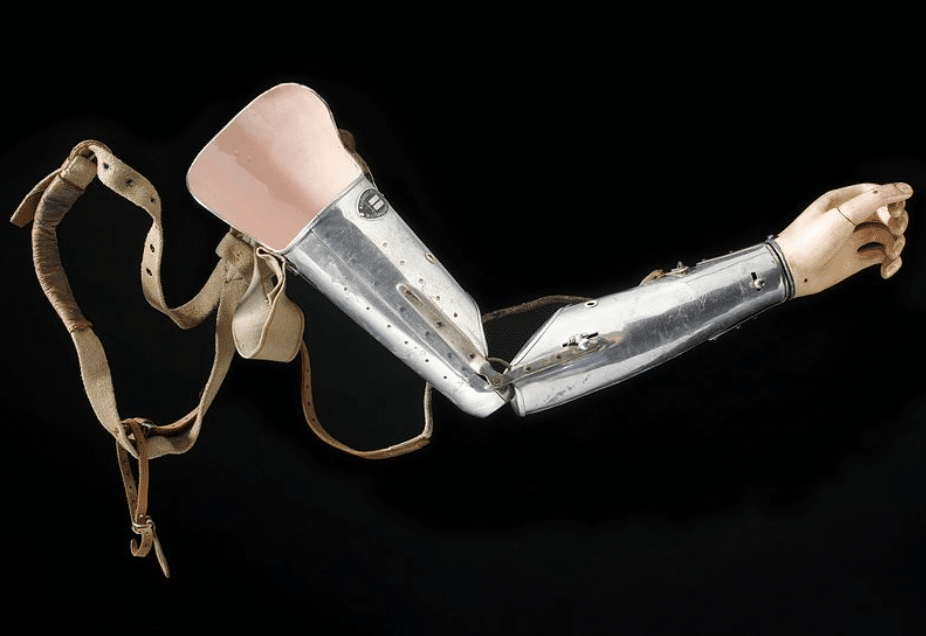What would life be like without an arm or a leg? It would make most of your daily routines difficult or impossible. That’s the reality for approximately 1.7 million Americans. They can use artificial body parts to regain the functions of the missing limb.
Prosthetics, commonly called artificial limbs, allow amputees to regain the normal functions of lost limbs. If you’ve watched someone with a prosthetic limb engage in day-to-day activities or participate in sports, you might have marveled at how prosthetics work. In this article, we’ll look at the basics of prosthetics, the different types of prosthetics, and how they work.
First, let’s look at the various orthopedic and congenital conditions that may lead to a need for prosthetics, especially in children.
Pediatric Orthotics and Prosthetic Services
Various conditions can lead to your child needing prosthetics. Some of the most common conditions are:
- Cerebral palsy
- Scoliosis
- Foot drop
- Spina bifida
- Flat feet
- Muscular dystrophy
- Toe walking
- Upper/lower limb deficiencies
Regardless of the cause, Align Clinic always puts your child first and provides them with prosthetics that best support them and enable them to live their daily lives to achieve independence and participate in school and other desired activities, such as sports.
Types of Prosthetics
Prosthetics are usually classified according to the level of amputation: above the knee, below the knee, above the elbow, and below the elbow. There are four main types of prosthetic limbs. They include:
- Transradial Prosthetics: Transradial prosthetics are installed below the elbow. A trans-radial prosthetic may be body powered (your body controls the prosthetic arm through a cable) or myoelectric-powered (electrodes are placed on your skin to read muscle contractions and control the prosthetic limb through the existing limb).
- Transhumeral Prosthetics: These are installed above the elbow. Transhumeral prosthetics are mostly motor powered (controlled through buttons and switches on the wrist) because it can be difficult to mimic the arm’s movements.
- Transtibial Prosthetics: Transtibial prosthetics replace the missing part of the leg below the knee. Patients with transtibial prosthetics can regain normal movements easily, mainly due to retaining the knee.
- Transfemoral Prosthetics: They are installed above the knee, but amputees may still have difficulties regaining normal movement. However, new and innovative transfemoral prosthetic designs give users more control.
The type of prosthetic to use is often based on considerations such as functionality, aesthetics, and/or health concerns.
What are Prosthetic Limbs Made of?
A wide variety of prosthetics are designed to suit patients’ varying needs. But they should be lightweight, durable, and easily attachable to the body.
Several plastics, such as polyethylene, polypropylene, acrylics, and polyurethane are usually used in making prosthetics. Other lightweight materials used are carbon fiber, aluminum, and titanium.
There are electronic prosthetics that also have rechargeable batteries.
Additionally, many leg amputees wear silicone liners between their residual limb and sockets. The sockets are usually made from thermoplastics and are tested periodically for comfort and fit.
Prosthetic limbs are usually suspended using suction systems or by a harness, depending on the level of amputation and type of prosthetic. Many prosthetic limbs rely on a sock (for legs) or sleeve (for arms) to improve socket suction and help with fit and skin protection.
For body-powered prosthetic arms, the harnesses are made from leather and attached to the cables that control arm movements. The harnesses can also be made from artificial materials. But the hooks to the cables are typically made of stainless steel.How Prosthetic Limbs Work
For prosthetics to serve their purpose and improve the quality of life of amputees, they need to fit right and function well. There are three main components that ensure a prosthetic limb is a good fit:
1. The Socket
This is the part that fits into the end of the real limb. A patient wears a layer of prosthetic socks to ensure the socket fits snugly. If not fit well, the socket can cause irritation and even damage to the skin tissues.
2. The Pylon
The pylon is the internal frame of the prosthetic limb. It’s also referred to as the skeleton. The purpose of the pylon is to provide structural support to the prosthetic limb. It’s usually made from lightweight carbon-fiber composite rods. Then a foam cover, matched to the skin tone of the patient to look more like a real limb, can be put over the pylon.
3. The Suspension System
This is the part that keeps the prosthetic limb attached to the body of the patient. Suction is the most common type of suspension system, but straps can also be used. An airtight seal is then used to keep the prosthetic limb snugly fitted to the residual limb.
What You Should Know Before Getting a Prosthetic Limb
While many amputees would do well with a prosthetic limb, not everyone with limb loss is a good candidate for prosthetic limbs. Some of the factors you should consider before getting a prosthetic limb include:
- How much pain are you in?
- Is there a soft tissue still cushioning the remaining bone?
- What range of motion does the remaining limb have?
- What is the condition of the skin on the limb?
- Is the other limb healthy?
- What are your mobility goals?
Align Clinic can provide a full range of prosthetic and orthotic profiles, including transtibial, transfemoral, cranial orthotics, spinal orthotics, and ankle and foot orthoses. We can perform an expert diagnosis to determine if you need a prosthetic limb and the type that would suit you. Book an appointment today.
Making a Prosthetic Limb Work for You
If you need to get a prosthetic limb, working with a licensed and certified prosthetist is essential. Our team of experts will help restore your mobility and improve your quality of life. Reach out for questions regarding prosthetic limbs. Call us today.




